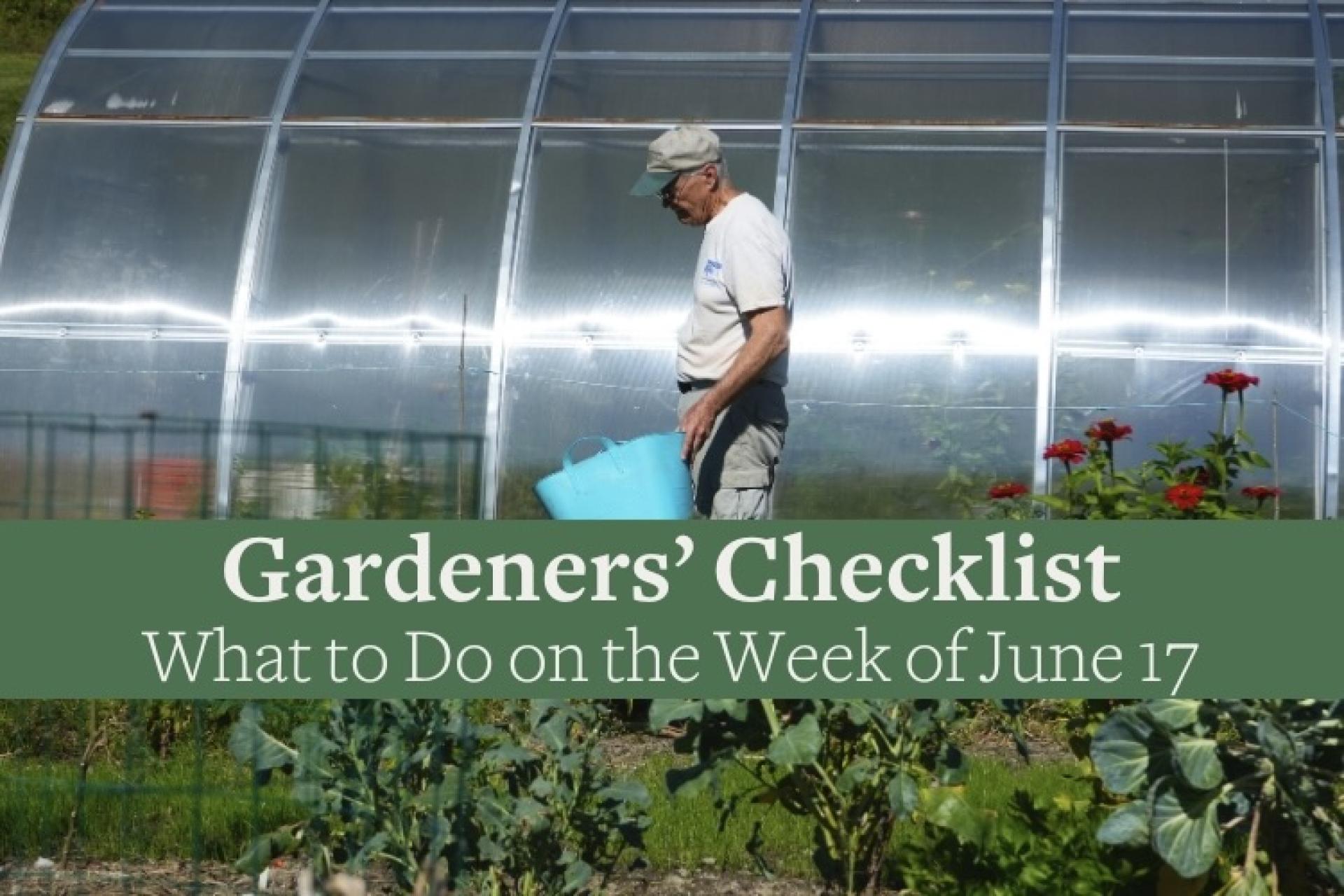You are here
Gardeners Checklist: Here Is What to Do on the Week of June 17
Gardeners Checklist: Here Is What to Do on the Week of June 17
By Ron Kujawski
* Cut down the stems of Japanese knotweed, also known as Japanese bamboo and Mexican bamboo. Though originally brought to the United States as an ornamental plant, it is an insidious weed that is very difficult to control because of its deep rhizomes. It will take frequent cutting of emerging shoots over a period of years, to rid the landscape of this weed. Smothering bamboo with a tarp is often suggested but the rhizomes can easily grow beyond the edges of the tarp.
* Be very careful not to inhale pesticide dusts, sprays or vapors when making applications. Always read the pesticide label for other precautions to be taken when applying such materials.
* Pinch (ouch) the shoot tips of mums to encourage branching and development of stocky plants. Continue to pinch shoots until mid-July.
* Cut back the flowering stems on basil, thyme, oregano, and sage even if you are not using the herbs at the moment. Such pruning will encourage more leafy growth.
* Make one more harvest of rhubarb and then let the plants rebuild their food reserves. Those of us with an insatiable appetite for rhubarb can pull off a stem or two on occasion through the summer but only on healthy and mature plants.
* Step out in the evening and enjoy the lightning bugs flitting about. Lightning bugs not only rekindle fond memories of childhood, but they play an important role in pest control. The larval stage of lightning bugs feed on the eggs of slugs and snails.
* Look for white moths flying around cabbage plants. These are the adults of cabbageworm. The butterflies have three or four black spots on their wings and lay single, tiny, yellow eggs on the undersides of leaves of cabbage and related plants. Begin applying B.t. (Bacillus thuringiensis) or a product containing Spinosad when the cabbageworms are first observed.
*
Speaking of tomatoes, gardeners are often confused by the term “suckering” as it applies to tomato growing. To put it simply, suckering is a pruning process in which side shoots or lateral branches are removed. Suckering is essential for staked tomatoes where only one main stem is allowed to grow. It is not usually done for tomatoes grown in cages, though I will cut off some suckers to allow for better air circulation through the plant. The reason for suckering is to remove side shoots that compete with the main stem for sunlight, water, and nutrients. This pruning not only strengthens the main stem but also hastens fruit development. That’s why fruit on staked tomatoes ripens faster than those on un-suckered plants in cages. Suckering can be done by snipping side branches at their base. Another method, called Missouri pruning, is done by pinching off the tip just beyond the first two leaves on the sucker. The theory behind this method is that the additional leaves on the plants results in more food production while also protecting developing fruit from sun scald. Suckers develop quickly, so check tomato plants every week to see if they need to be suckered.
Ron Kujawski began gardening at an early age on his family's onion farm in upstate New York. Although now retired, he spent most of his career teaching at the UMass Extension Service. He serves on Berkshire Botanical Garden’s Horticulture Advisory Committee. His book, Week-by-Week Vegetable Gardener’s Handbook, is available here.
Help Our Garden Grow!
Your donation helps us to educate and inspire visitors of all ages on the art and science of gardening and the preservation of our environment.
All Donations are 100 percent tax deductible.


